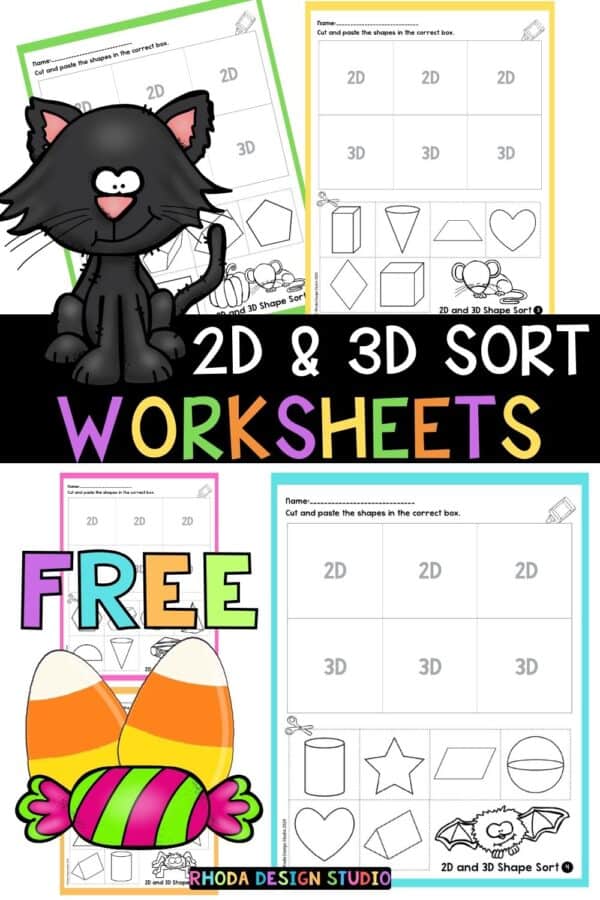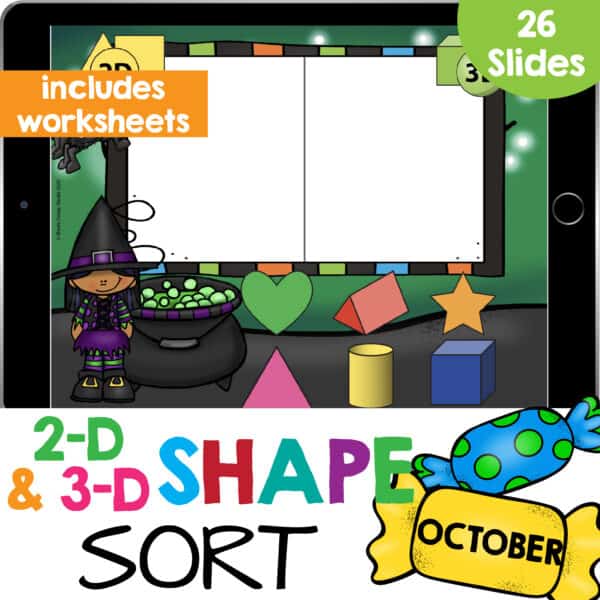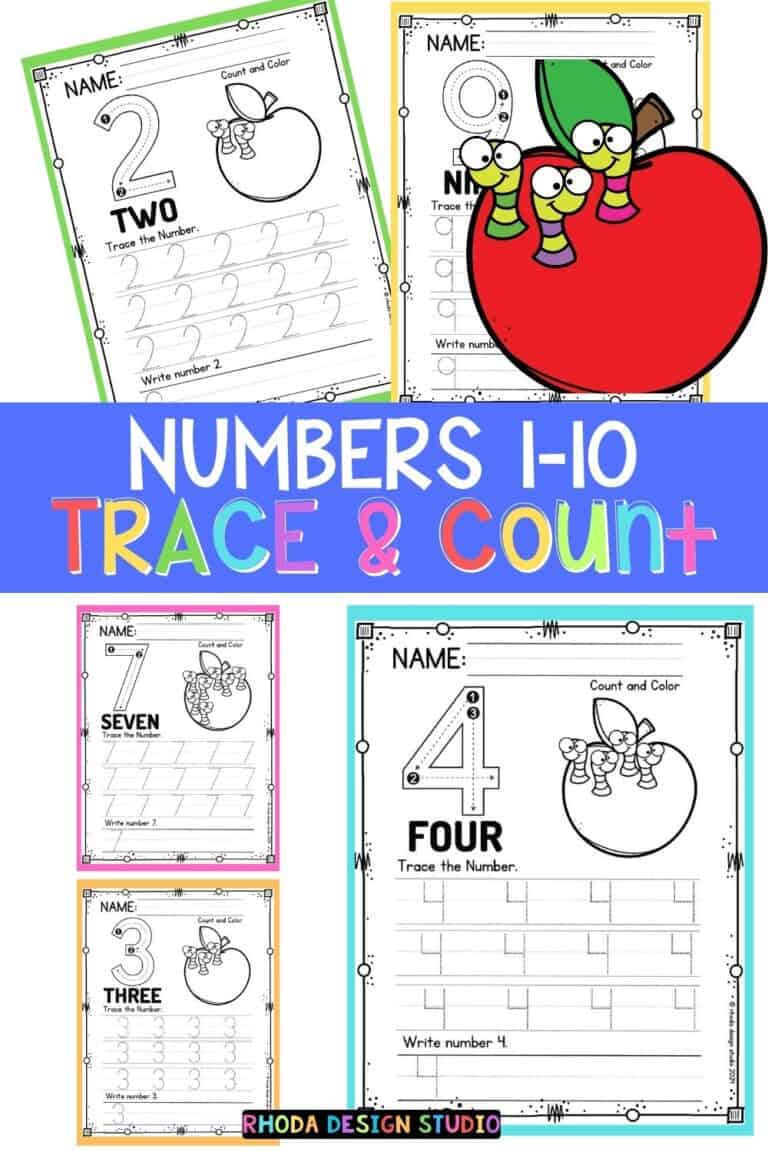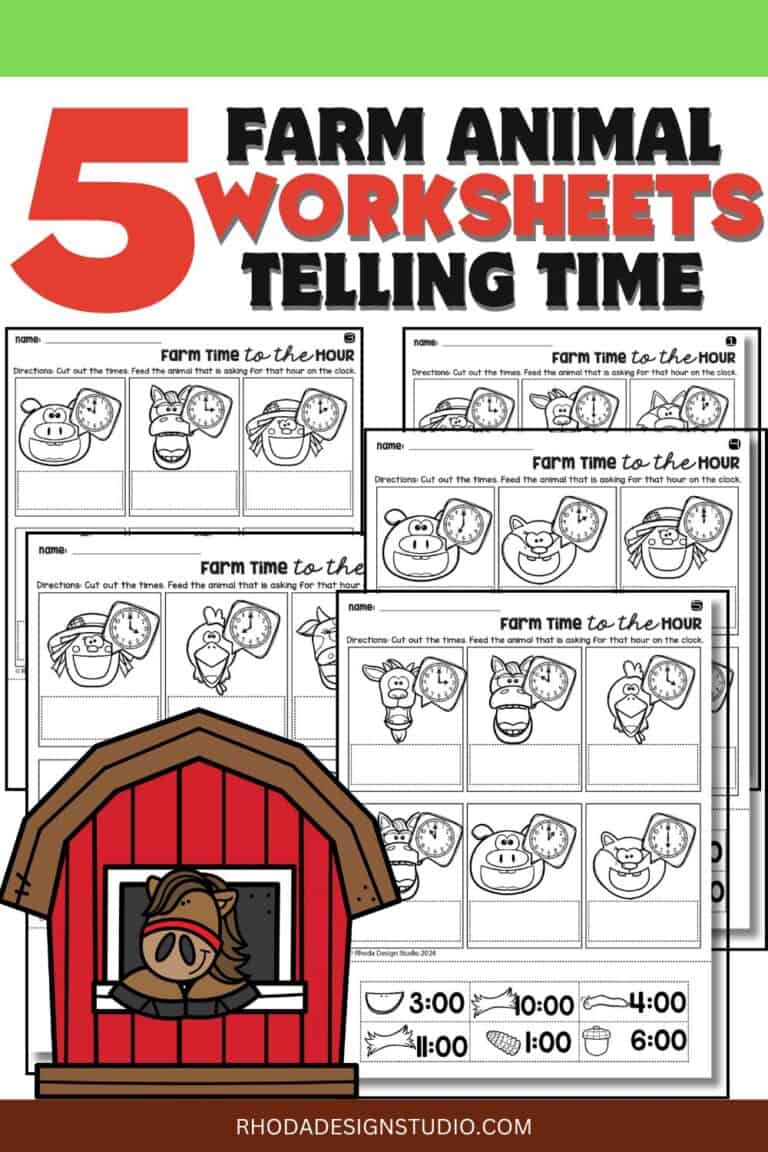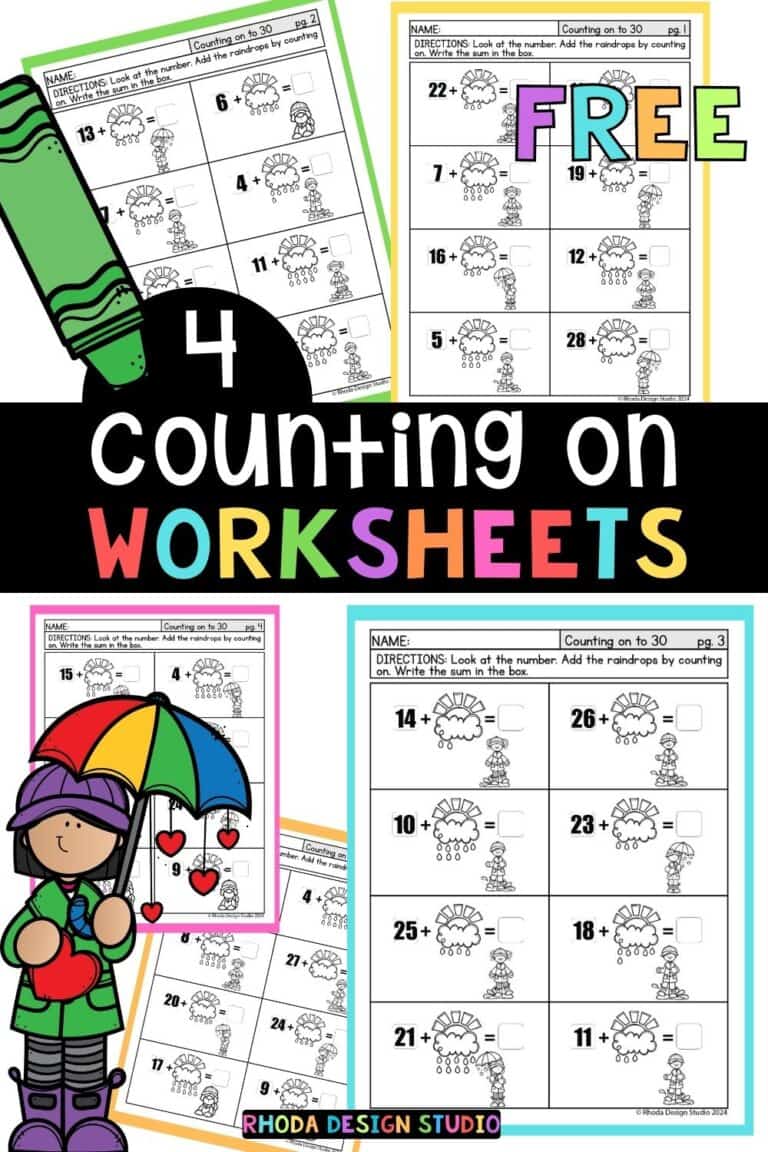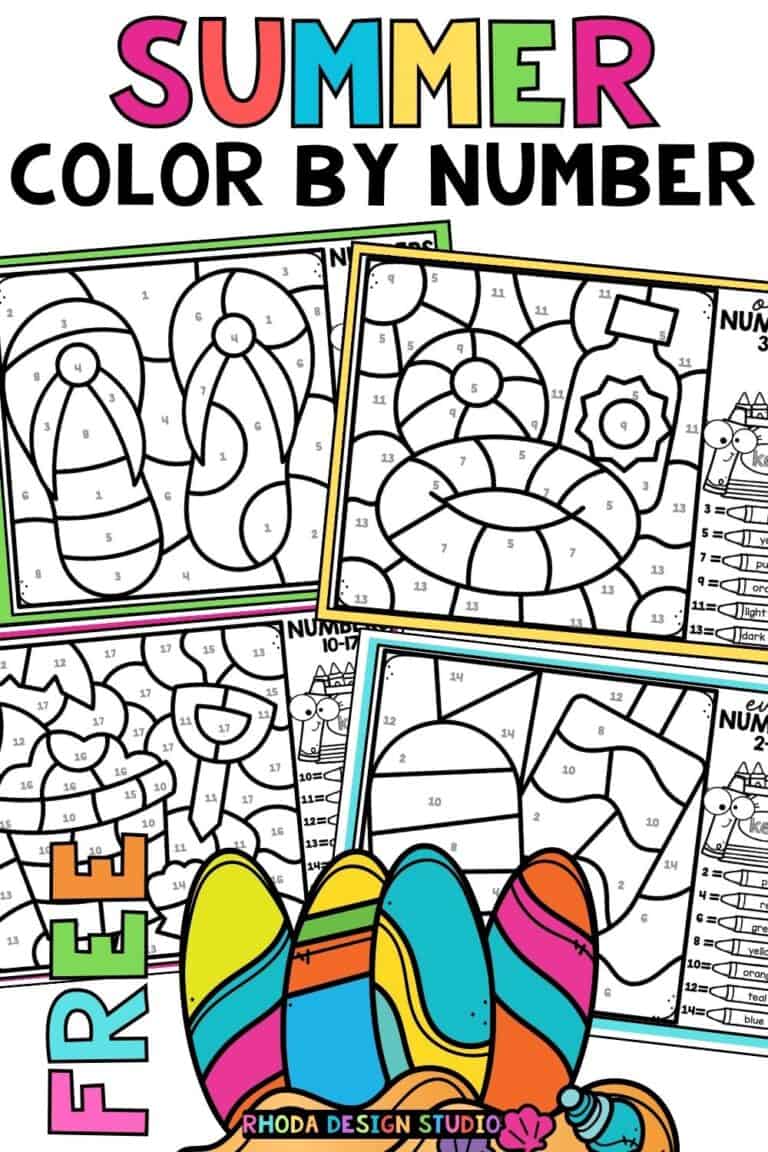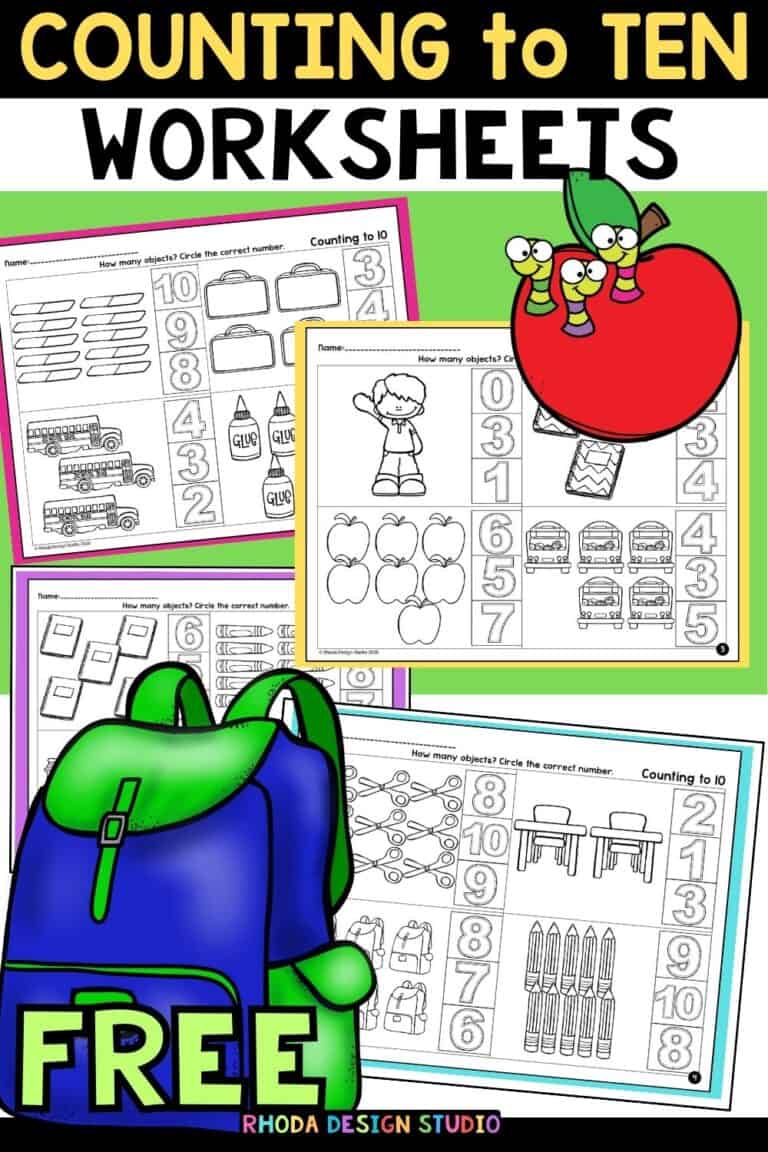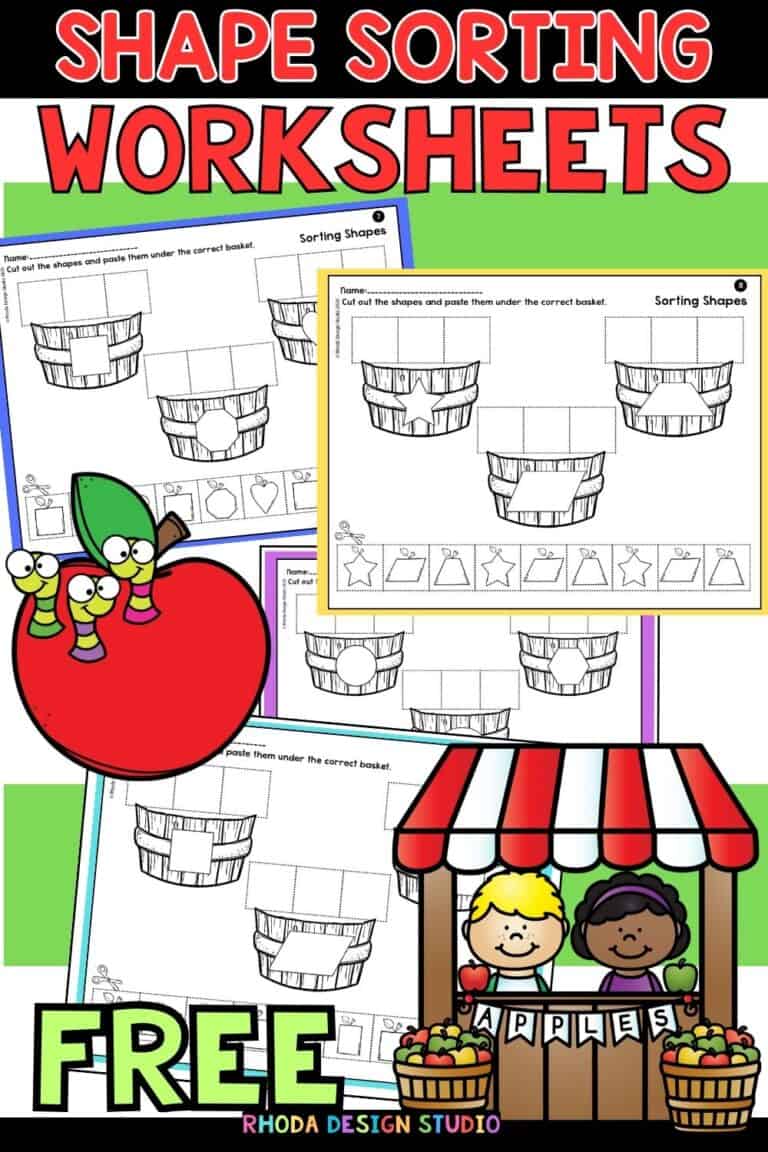Halloween Shape Sort: 2D and 3D Shape Worksheets
In mathematics and geometry, distinguishing between 2D (two-dimensional) and 3D (three-dimensional) shapes is fundamental. 2D shapes are flat and consist of only length and width, examples include squares, circles, and triangles, which can be easily drawn on a piece of paper.
In contrast, 3D shapes add another dimension, depth, to the equation, giving them volume. Common 3D shapes are cubes, spheres, and cylinders, which occupy space and can be physically held. Understanding the differences and characteristics of 2D and 3D shapes not only enhances spatial awareness but also lays the groundwork for more complex mathematical concepts.
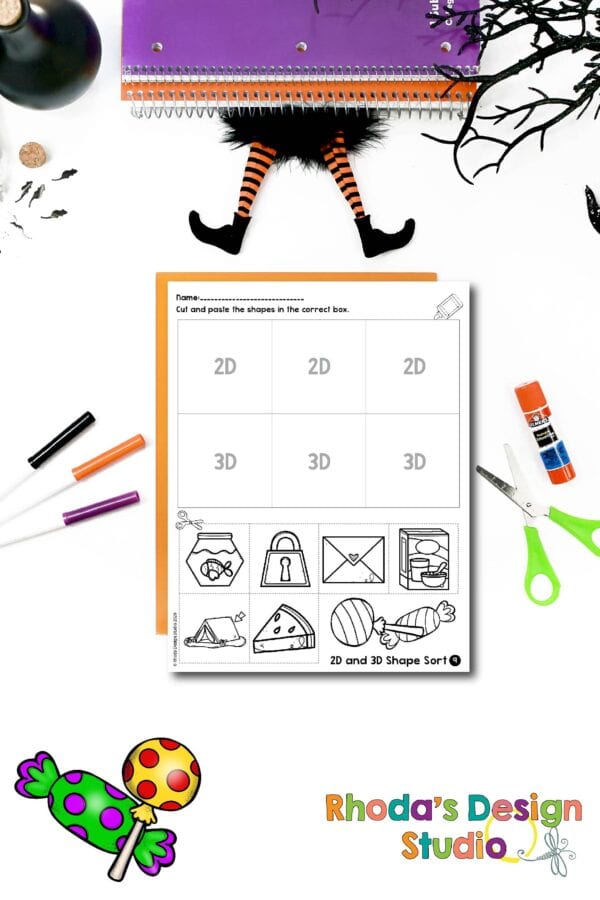
Halloween Shape Sort Worksheets

2D & 3D Shape Sort Pg 1
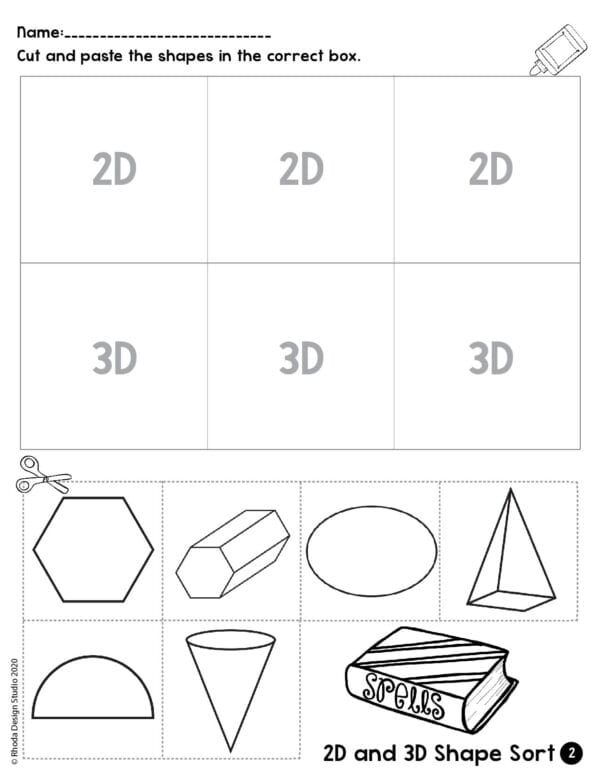
2D & 3D Shape Sort Pg 2

2D & 3D Shape Sort Pg 3
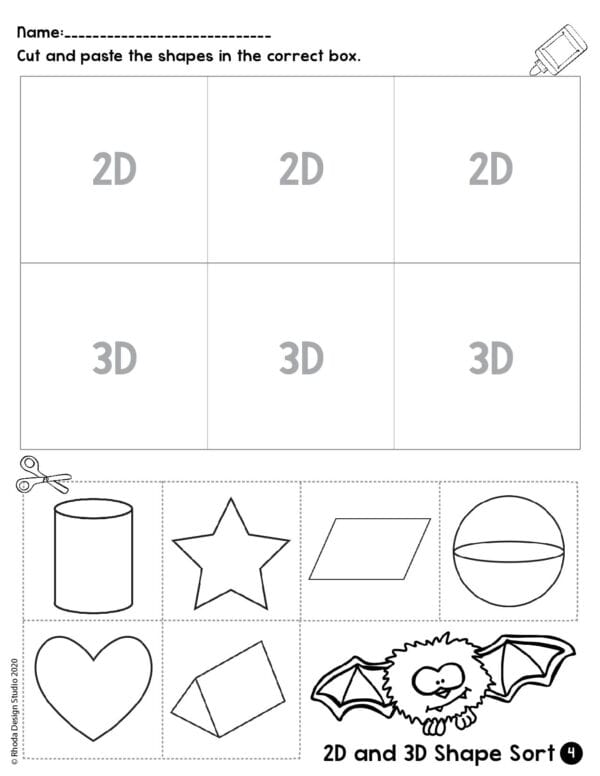
2D & 3D Shape Sort Pg 4
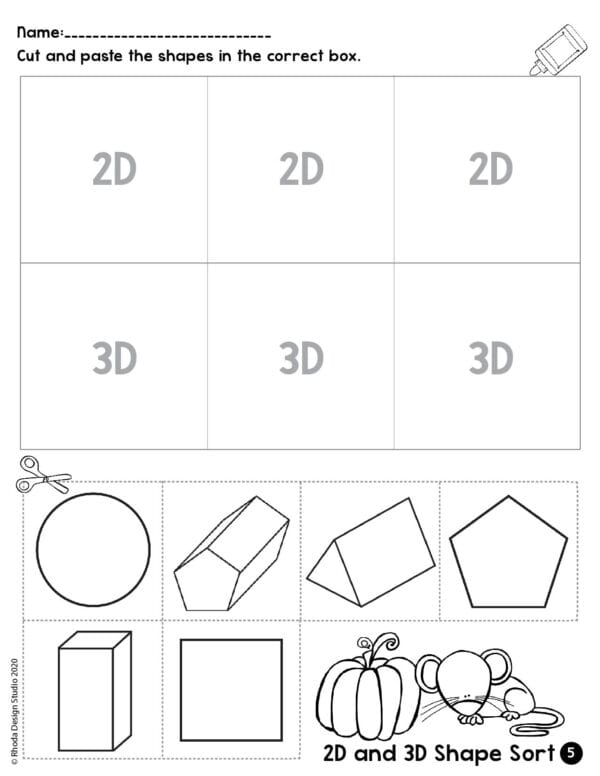
2D & 3D Shape Sort Pg 5

2D & 3D Shape Sort Pg 6
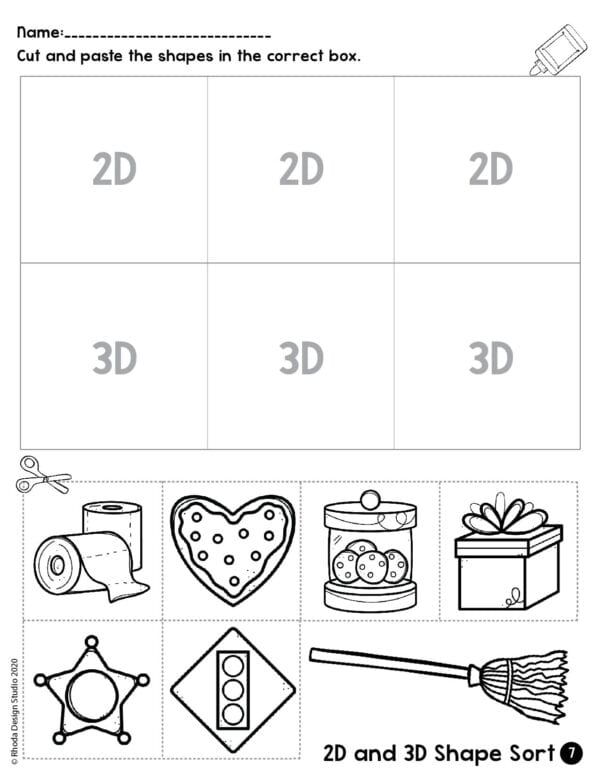
2D & 3D Shape Sort Pg 7

2D & 3D Shape Sort Pg 8
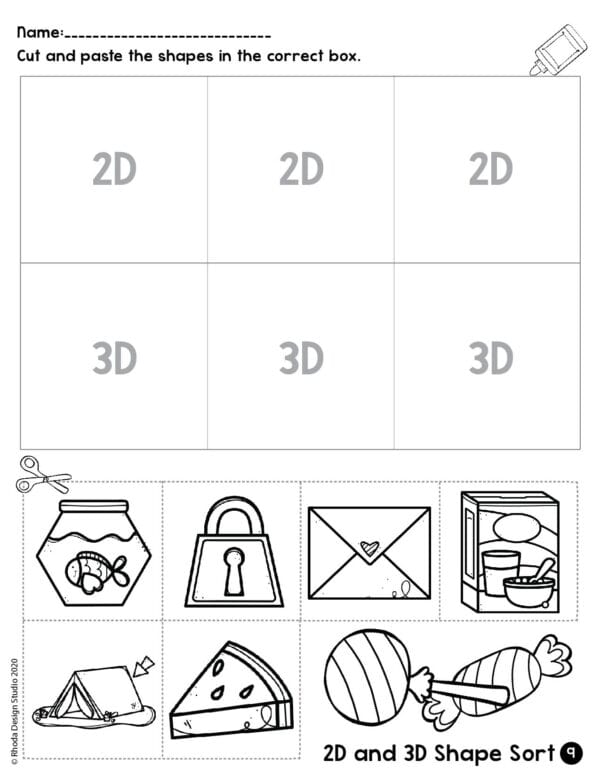
2D & 3D Shape Sort Pg 9
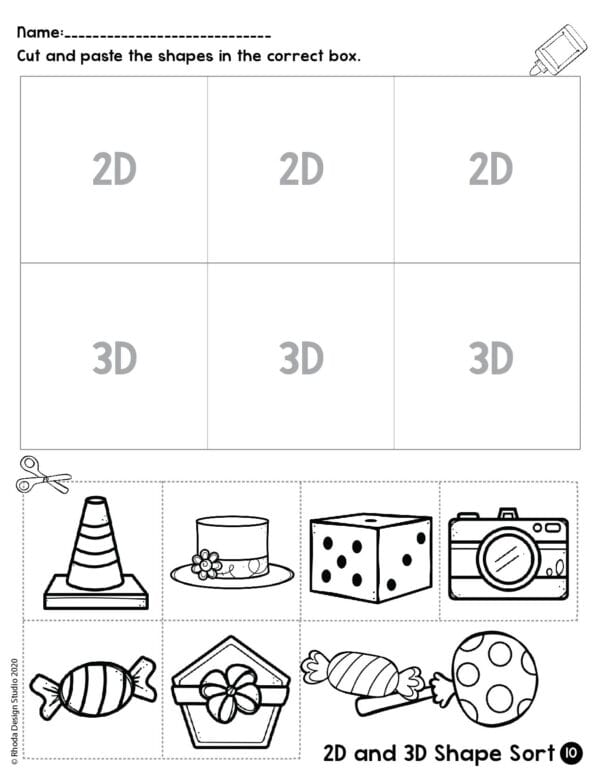
2D & 3D Shape Sort Pg 10
Kindergarten Math Skills include:
- identifying 2D and 3D shapes
- identifying the shape of real-world objects
- sorting 2D and 3D shapes and objects
- circle
- square
- rectangle
- triangle
- oval
- diamond
- hexagon
- octagon
- pentagon
- trapezoid
Math Standards
CCSSK.G.B.4
Analyze and compare two- and three-dimensional shapes, in different sizes and orientations, using informal language to describe their similarities, differences, parts (e.g., number of sides and vertices/“corners”) and other attributes (e.g., having sides of equal length).
CCSSK.G.A.3
Identify shapes as two-dimensional (lying in a plane, “flat”) or three-dimensional (“solid”).
CCSSK.G.A.2
Correctly name shapes regardless of their orientations or overall size.
Students short 2D or 3D shapes into the correct categories. Plain 2D and 3D shapes, as well as real-world objects, are sorted into two sections of the whiteboard.
Students learn to recognize 2D and 3D shapes in common household items and symbols.
